Your knees have lots of parts, and you use them a lot, so there’s plenty that could go wrong. WebMD explains common things that can cause knee pain.
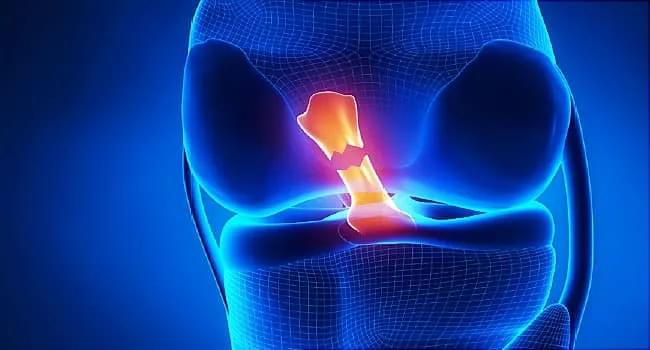

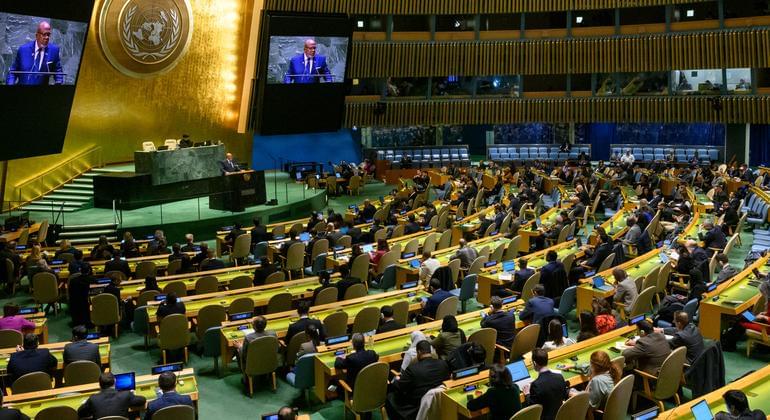
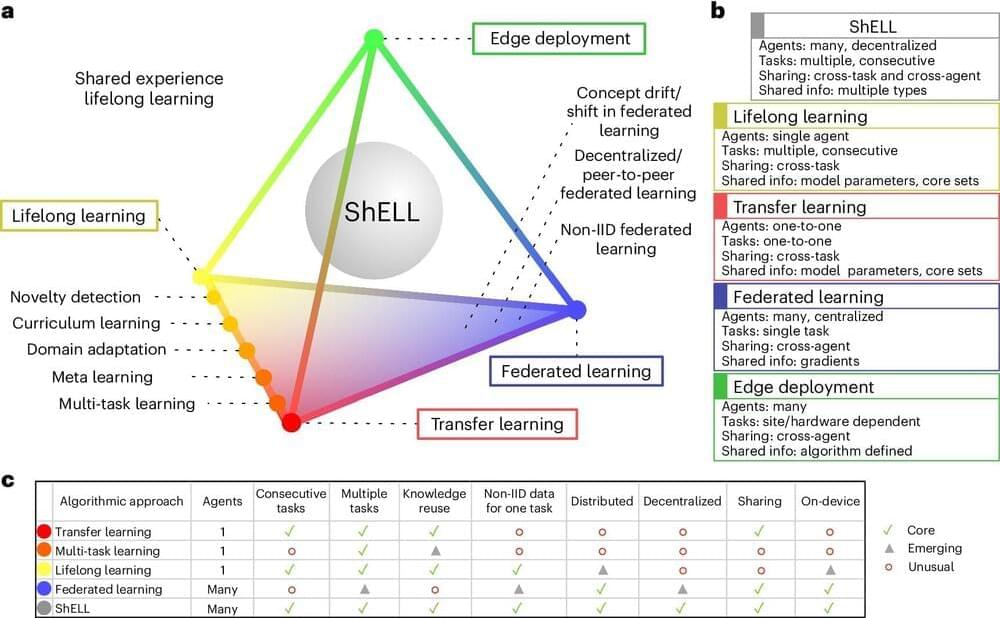
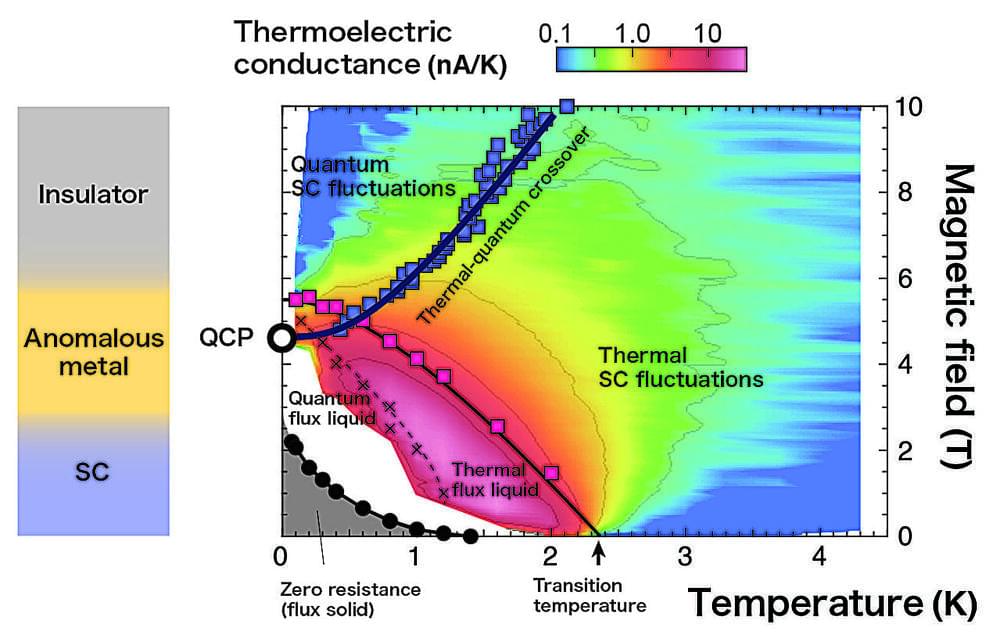
Weak fluctuations in superconductivity, a precursor phenomenon to superconductivity, have been successfully detected by a research group at the Tokyo Institute of Technology (Tokyo Tech). This breakthrough was achieved by measuring the thermoelectric effect in superconductors over a wide range of magnetic fields and over a wide range of temperatures, from much higher than the superconducting transition temperature to very low temperatures near absolute zero. The results of this study were published online in Nature Communications on March 16, 2024.
This revealed the full picture of fluctuations in superconductivity with respect to temperature and magnetic field, and demonstrated that the origin of the anomalous metallic state in magnetic fields—which has been an unsolved problem in the field of two-dimensional superconductivity for 30 years—is the existence of a quantum critical point, where quantum fluctuations are at their strongest.
Check out the Space Time Merch Store https://www.pbsspacetime.com/shopSign Up on Patreon to get access to the Space Time Discord!https://www.patreon.com/pbssp…
Free access Closer to Truth’s library of 5,000+ videos for free: http://bit.ly/376lkKNSome scientists claim that the universe did not have a beginning. Some…

“Cannabis vapes are newly regulated products in Canada, so we don’t yet have much scientific data about them,” said Dr. Andrew Waye. “This is an opportunity for us to look at some of the questions concerning the risks and unknowns of cannabis vapes.”
Do vapes pose health risks on par with the very tobacco and cannabis products it’s using to safeguard against? This is what a recent study presented at the ACS (American Chemical Society) Spring 2024 meeting hopes to address as a team of researchers investigated the potential health risks that vaping devices could pose, specifically pertaining to the vaping liquids that possess toxic metal nanoparticles, with both regulated and unregulated vaping devices. This study holds the potential to help researchers, medical professionals, and the public better understand the long-term health risks by vaping, which until now have been deemed a “safer” alternative to smoking cigarettes or cannabis.

“There is still significant interest and potential in industrial uses of hemp,” said Dr. Jeffrey Steiner.
How can hemp production help boost local Native American economies? This is what a $10 million grant from the U.S. Department of Agriculture’s (USDA) National Institute of Food and Agriculture hopes to achieve as they recently awarded this grant to the Global Hemp Innovation Center at Oregon State University (OSU) to foster collaboration with 13 Native American Tribes across the western United States, including California, Montana, Nevada, Idaho, Washington, and Oregon with the goal of creating economic stimuli for those communities while improving hemp production.
The grant comes with four primary objectives in achieving collaboration with the 13 Tribal nations, including educational opportunities, technology development, building trade networks, and ensuring product quality. This grant comes as the 2018 Farm Bill helped legalize hemp, leading to hemp production reaching $824 million across the United States in 2021.

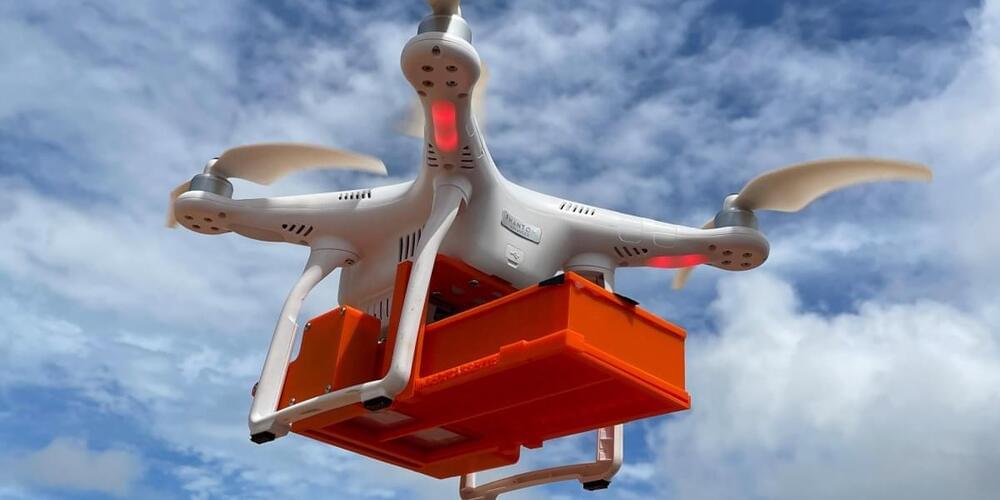
“The challenge is getting into those hidden places,” says Machado. “It’s rare that Aedes aegypti breeding areas are found out in the open, like on a sidewalk, because when people see them, they destroy them. But with drones, we can get into areas we just can’t otherwise.”
Birdview has carried out studies with several partners since 2021, including the United Nations, the University of São Paulo (USP), and the state-owned Brazilian Agricultural Research Corporation (Embrapa), to better understand the effectiveness of releasing the disease-fighting mosquitoes with drones. First they looked at how the mechanism of the drone and outside conditions, like wind turbulence, affected the survival rate of the mosquitoes and their ability to fly.
The results were positive, so they moved on to flight-and-release tests in the Brazilian states of Pernambuco and Paraná, as well as Florida, where they’ve been working with the Lee County Mosquito Control District to see how far the mosquitoes spread upon release. They used the “mark, release and recapture” method, which involves sterile male mosquitoes being marked with a certain color before being released and later recaptured with traps so the team could see how far they had flown. They also set traps where eggs could be laid and monitored.